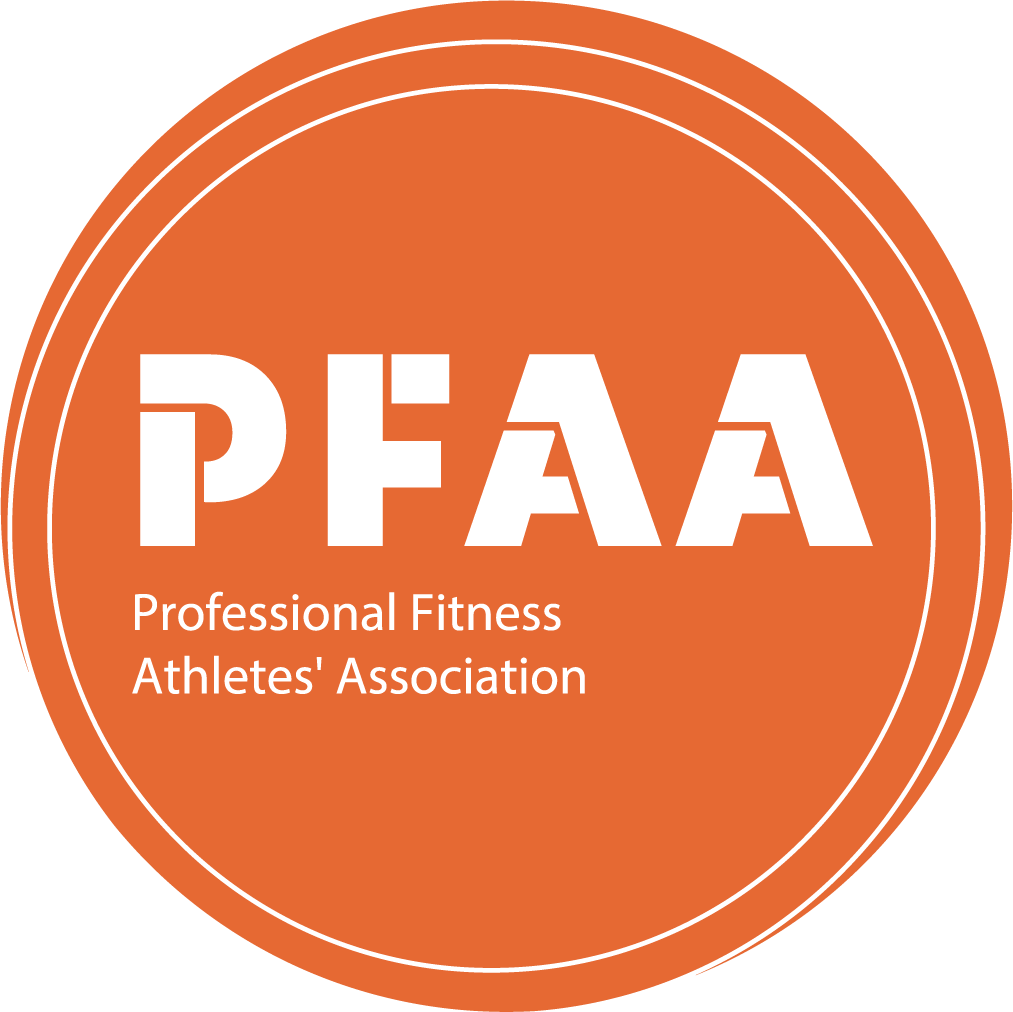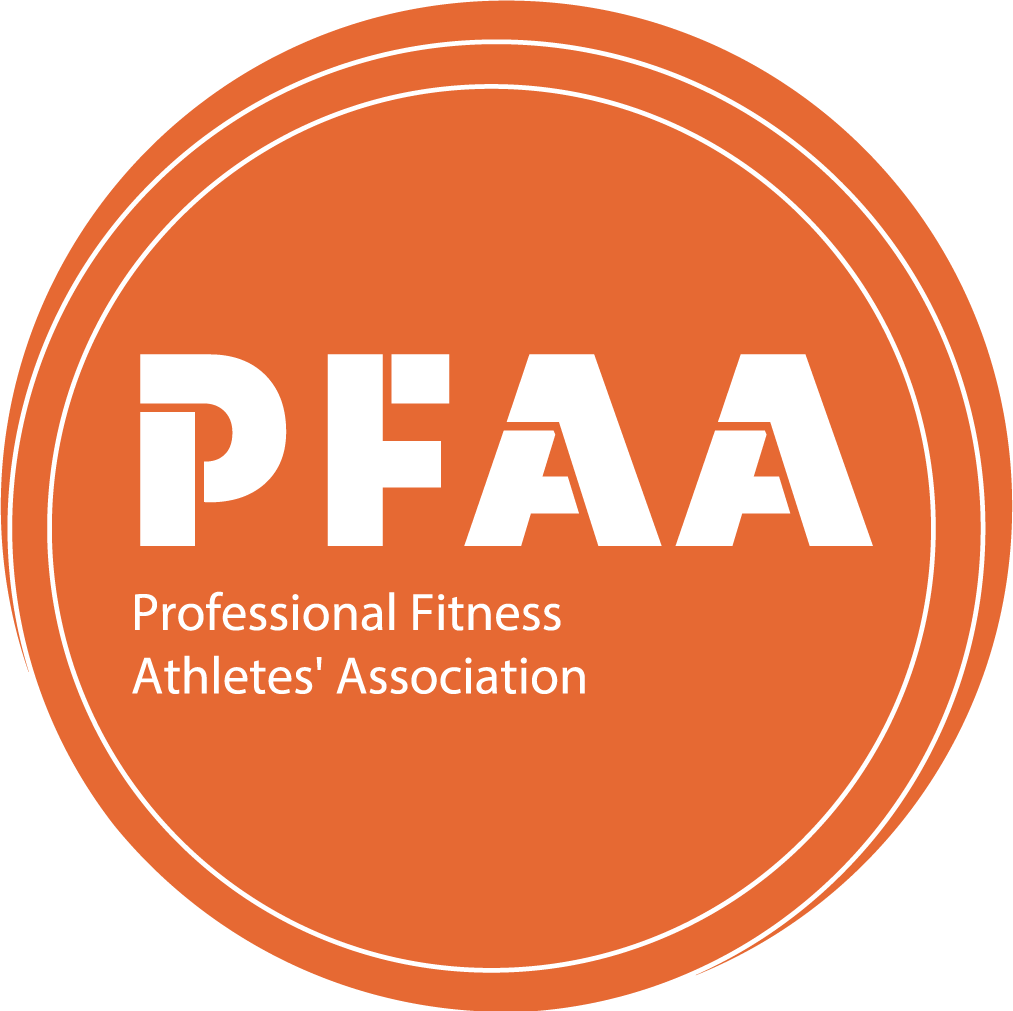Training to Strengthen the Achilles
Contributors: Brent Fikowski and Jake Tuura, MS, CSCS
President of the PFAA Brent Fikowski organized a podcast with Jake Tuura to learn more about what athletes competing in CrossFit and functional fitness competitions can do to reduce the likelihood of achilles injuries.
The information provided here is for general educational purposes only and is not a substitute for professional medical advice, diagnosis, or treatment. Always consult a qualified healthcare provider before making changes to your exercise or injury-prevention routine.
Prefer to watch? YouTube video coming soon.
During the podcast, Jake and Brent discussed four key training areas:
Warm-up
A proper warm-up is always valuable when performing explosive running and jumping movements. An athlete should ensure the body is warm and gradually increase the load and intensity with running and jumping before performing a workout with explosive jumps or sprints.
Calf Raises
The addition of calf-specific training may have value to reduce the likelihood of achilles and other lower leg injuries. On the podcast Jake Tuura and Brent Fikowski discuss calf raise training using the following protocol 2-3 times weekly at the beginning of end of a training session.
Single leg calf raises, standing with a straight knee with the front foot on an elevated surface such as stacked plates. Point foot straight ahead and balance weight equally between all toes (not emphasizing weight over either side of the foot).
Tempo @2120 (one rep = two seconds eccentrically lowering your heel, one second pause at the bottom, two second concentrically raising your heel and flexing your calf muscle, and no pause at the top before starting the next rep). Do not bounce out of the bottom of the rep - hold tension at the bottom during the brief pause. The primary emphasis of this exercise is on the deepest possible stretch on the calf muscle during the rep at the bottom, also known as reaching full dorsiflexion. It is not important to reach full plantar flexion or to stand fully onto your tip-toes. The end range of a repetition can be just above a flat foot. Think of it like reaching a very deep end range of motion with a squat, but it is NOT important to stand to full extension.
Reps and Loading
An athlete may start with 3 sets of 15 per leg unweighted. Rest as needed between sets. After a few sessions unweighted and as the athlete becomes more comfortable with the bodyweight repetitions, they could add weight while maintaining 15 reps per set. After a few weeks, progress to 3 sets of 10 reps, then to 3 sets of 5 reps. Progressively overload the weight. If an athlete feels they have plateaued, the process can restart at 3 sets of 15 reps with weight loading.
Weight can be loaded in any manner such as a dumbbell in one hand, a safety squat bar, or a weight vest. The priority should be complete stability to strengthen the calf - too much instability limits ability to load the calf heavy enough to increase its strength. Using a Smith Machine, Hack Squat machine, or standing calf raise machine would likely be even more ideal than any free weight exercise variation.
Increased Variety of Jumping and Running
Increased variety in an athlete’s running and jumping can strengthen their legs in new ways. If an athlete only trains the same motion on flat ground with jumping and running, the same areas of the leg will get stronger, and the same areas that may be weak will remain weak.
Commonly athletes limit jump training to jumping straight up onto a box and jump rope skipping in place. For more variety an athlete could jump at different angles, jump to the side, broad jump, and even add some backwards jumps.
For running it is common to only run straight ahead on flat surfaces such as the road or a 400 meter track. If it fits into an athlete’s current training plan they could try adding some running on more uneven terrain. This could include trail runs with bumpy ground, some hills, gravel, and dirt.
Progressive Exposure to Explosive Movements
Athletes could consider a gradual and safe introduction of explosive calf exercises. If an athlete is preparing for a competition where there may be rebounding box jumps or quick directional changes during a sprint, an athlete could gradually progress their training to be more prepared for that movement. (Please note the PFAA seeks to support athletes’ preparedness for all potential events but the PFAA does not actively support the inclusion of rebounding box jumps in competition environments.)
Training/preparing could include:
Lower repetition rebounding box jumps on a very low box (six inches). Each week the box height could be increased, as could the number of repetitions.
The same type of progression could be done to prepare for a false step. A false step is when an athlete takes a quick step backward to push themselves forward, the weight of the body is moving backwards and the rear foot’s achilles takes on quite a large amount of force. Training a lower intensity exercise that has a similar movement pattern can reduce risk of an injury in the future.
-
Jake Tuura, MS, CSCS currently works as a coach and educator who specializes in hypertrophy for athletes, vertical jump development, and patellar tendinopathy rehab. Jake was a collegiate S&C coach for 7 years, with further experience in the private sector at Velocity Training Center.
He earned his bachelor’s degree from the University of Wisconsin-Superior (2014) and his Masters from The College of St. Scholastica (2015).
You can find more from Jake Tuura on his instagram: https://www.instagram.com/jaketuura/
Jake Tuura’s website has blog posts, interviews, and programs for patellar and achilles tendons: https://jaketuura.com/blog/

